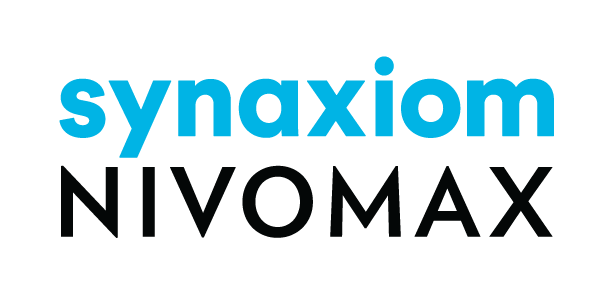NIVOMAX Secure Access Strategy | Out-of-Band (OOB) Authorization
Published on September 11, 2025 ( Last Updated on December 24, 2025 ) | 3 min read
Executive Overview
The NIVOMAX 2025 platform introduces a modern, token-based Out-of-Band (OOB) authentication and authorization model across all Viewer editions. This approach addresses login fatigue, reduces password-related risks, and strengthens compliance by combining seamless offline-first access with enterprise-grade entitlement control.
By replacing repeated password prompts with secure session and entitlement tokens, NIVOMAX enables operators, MROs, and OEMs to maintain high security standards while improving productivity in real-world operational contexts.
Why OOB Matters
Traditional password-only workflows assume stronger control than they often deliver:
- Passwords are reused, written down, or stored insecurely.
- Browser autofill and weak session management create vulnerabilities.
- Repeated prompts encourage poor security habits.
OOB replaces this with short-lived session tokens and cryptographically bound entitlement payloads, ensuring authentication and access remain secure while user experience improves.
The Dual-Token Model
NIVOMAX OOB introduces a two-token system:
- Online Session Token
- Issued after successful SSO login (username/password, MFA optional).
- Short-lived, session-scoped, idle-expiring.
- Offline Access Token
- Signed, time-limited, device-bound entitlement payload.
- Allows offline use within a configurable validity window.
This combination ensures that access remains user-specific, auditable, and revocable — even when operating in offline or low-connectivity environments.
Security and Compliance Alignment
The OOB model supports enterprise security and compliance requirements:
- Session Logging: Every session records user ID, device, entitlement ID, and access timestamps. Logs sync to SSP when online.
- Auditability: Offline access is logged locally in tamper-evident format and uploaded on reconnection.
- Configurable Retention: Logs can be archived per organizational policy.
- Traceability: Administrators can filter and export logs by user, product, timestamp, or Viewer type.
- Revocation Controls: Offline tokens expire per policy and require re-validation through the IdP.
Policy Controls Available
Organizations can tailor their OOB deployment with configurable options such as:
- Maximum offline token duration (24 hours, 72 hours, 7 days, or custom).
- Authentication modes: OTP, password, or hybrid.
- Device/IP enforcement at the IdP or Viewer layer.
- Mobile app pairing for second-factor authentication.
- Auto-lock after inactivity.
- Disable offline access entirely if required.
Why OOB Is Stronger Than Password-Only Models
| Weakness of Passwords | Strength of OOB |
|---|---|
| Users share, save, or reuse passwords | Tokens are device-bound, time-limited, and scoped to user + Viewer context |
| Password fatigue encourages insecure habits | No stored password; MFA supported where applicable |
| No control over session continuity | Sessions expire automatically; offline use revocable and auditable |
| No logging of offline activity | All access events logged locally and synced on reconnection |
Business Impact
- For Operators and MROs: Reduced downtime and login interruptions in field environments.
- For OEMs: Improved compliance posture while supporting global distribution models.
- For IT and Security Teams: Stronger identity assurance and auditability without user resistance.
Next Steps
The OOB entitlement model is available across all NIVOMAX 2025 Viewer editions. Customers may adopt it immediately or continue with existing access models.
- To evaluate readiness, review the Readiness & Feasibility Assessment Guide.
- To explore user experience benefits, see the OOB Entitlement Verification Snapshot.
- If you are unsure about eligibility or your distribution’s upgrade status, get in touch with us.
NIVOMAX 2025 | Reimagining Access. Elevating Experience.

